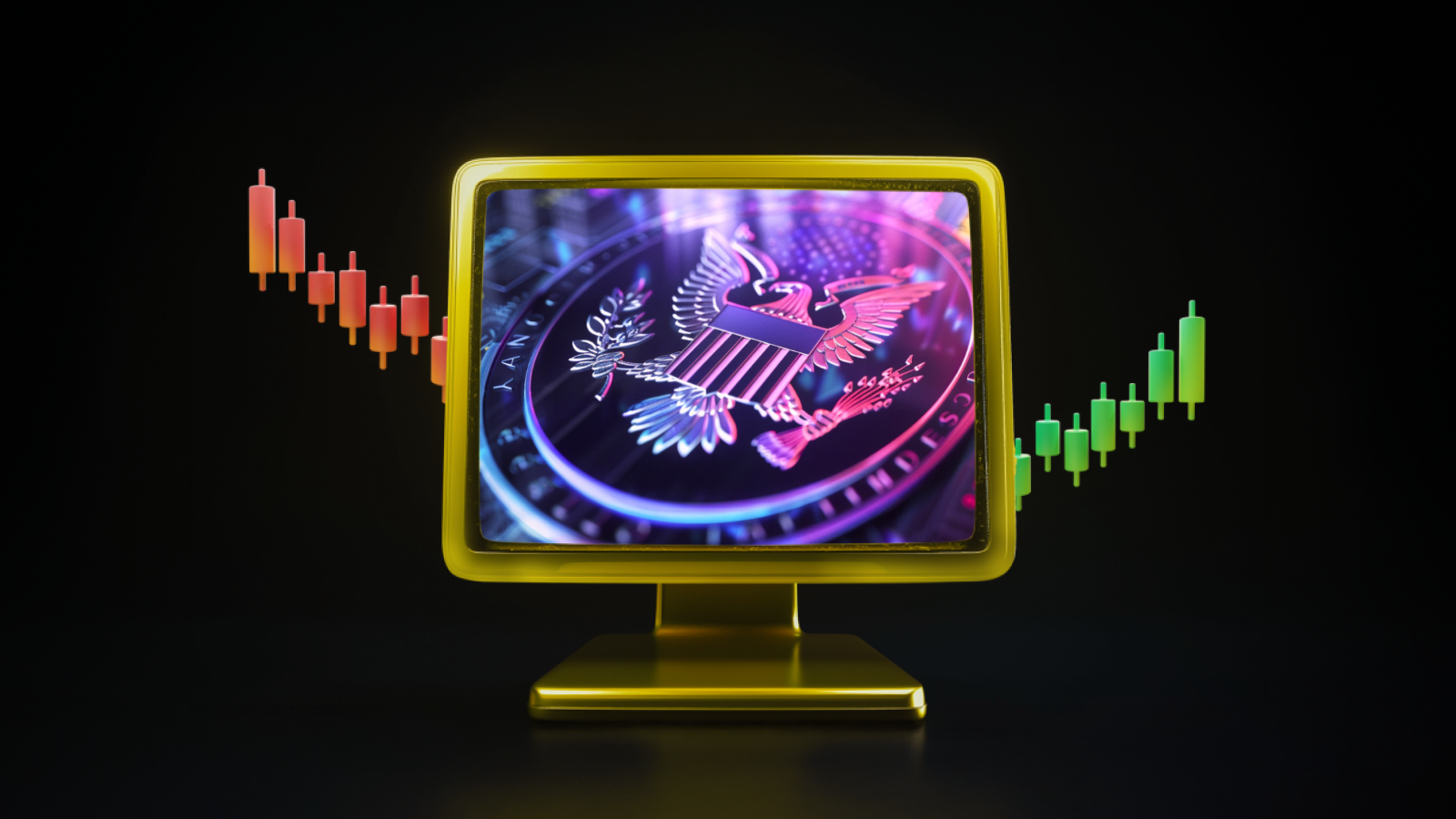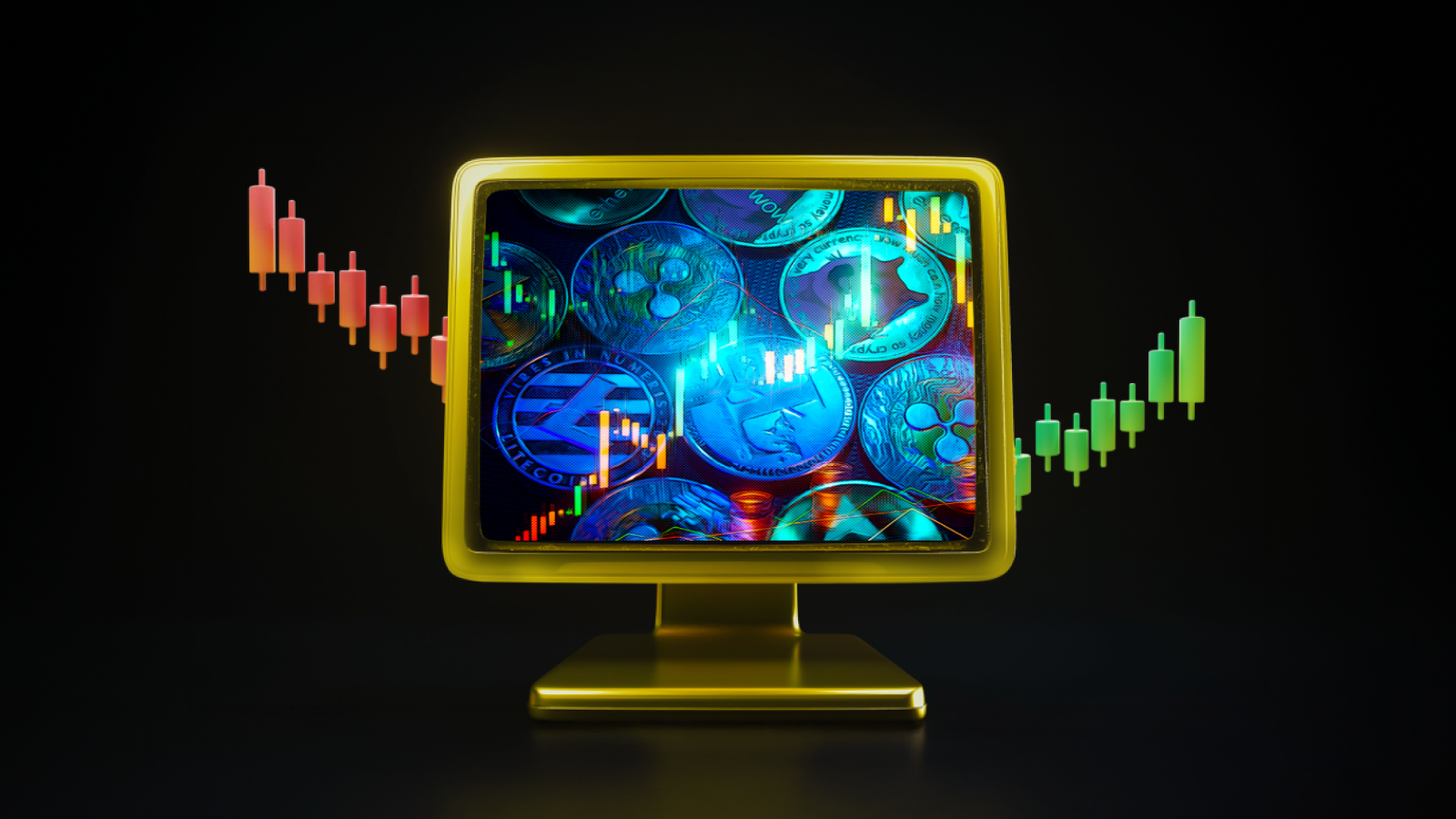What is Hyperliquid?
Hyperliquid is a decentralized exchange (DEX) built on its own Layer-1 blockchain, offering traders advanced trading tools such as low fees, fast transactions and continuous derivatives. Hyperliquid is designed to offer the best features of centralized and decentralized exchanges. Chameleon Group and Chameleon Trading are the people behind Hyperliquid’s growth. Their team is led by Jeff and LineSync, both classmates at Harvard. Other members of the team are from Caltech, MIT, and Waterloo. All team members have core financial and technical expertise, having worked at companies in various fields. The team has been in this space since 2020. However, they soon realized that the lack of a suitable user experience for users in the market led them to realize the need for a high-performing exchange that would solve the existing problems with inefficiencies associated with DEXs. As the team is entirely self-funded, there is no pressure from external funding on the direction of the product.
What Makes Hyperliquid Different?
What are the benefits of working with Hyperliquid L1?
One of the major benefits of running on its own L1 is that the exchange achieves high throughput and performance while providing an ultra-smooth user experience. The exchange does not rely on off-chain order books but offers the same consistent flow of trades through BFT (Byzantine Fault Tolerance) consensus, a consensus algorithm that allows a network of nodes to reach an agreement despite the presence of one (or more) malicious or faulty nodes, with 75% of the network reaching consensus. Because Hyperliquid currently uses a tuned version of Tender mint, it is optimized for end-to-end latency. It offers the same speed and efficiency as offered by some leading centralized exchanges. This improves the overall user experience and offers a much-improved trading experience than most other decentralized exchanges. Hyperliquid L1 currently supports 20 thousand transactions per second. Another advantage is that Hyperliquid L1 is full-stack optimizable, meaning it is highly customizable for applications without the need to rely on other frameworks such as the Cosmos SDK.
What are the key features of Hyperliquid?
The Hyperliquid exchange offers the same order book style trading experience as centralized exchanges, and these orders are matched in price-time priority. All margin checks occur when a new order is opened and when they are matched. This ensures that the oracle margining system is consistent regardless of price fluctuations. In keeping with the CEX experience, you do not need to sign every trade when trading. Supported tokens on Hyperliquid the Hyperliquid exchange supports a large list of tokens including AVAX, BNB, BTC, CRV, ETH, FTM, MATIC, SUI and more. The team plans to incorporate a decentralized listing process where users can list project tokens by staking native tokens and voting on new marketplaces. Fees on Hyperliquid There were no fees charged during the first three months of the Mainnet closed alpha. The updated fee model includes a flat 2.5 bps taker fee and 0.2 bps maker rebate, which is competitive with high-volume CEX fees. Unlike other fee structures where only the highest volume traders receive low fees, all traders on Hyperliquid have the same low taker fee. Most fees go directly to the Hyperliquidity Provider (HLP).
Margins
The protocol sets the default margin to cross margin to enable margin to be used in multiple cross margin positions. Users can also open isolated margin positions. Both of these positions do not affect each other. The same margin maintenance logic defines liquidations. However, in the case of cross margin, positions are liquidated when the value of the account falls below the maintenance margin x total open nominal position. Users can use leverage up to 50x. They must ensure that the minimum threshold required to keep margin positions open is maintained. In isolated positions, users can add and remove margin even after opening the position. Funding Rates The Hyperliquid protocol mimics the most popular centralized exchanges and decentralized exchanges (which offer perpetual contracts) to determine the funding rate. This helps the protocol to avoid large differences between the perpetual contract and the underlying asset. The protocol pays the funding rate every hour. For more details on funding rates, you can visit the protocol’s page here.
Protocol
This feature offers vaults with various strategies where users can deposit their assets and earn returns. Local protocol vaults are those for liquidation and market making. Protocol vaults do not charge any fees. For example, community members can deposit funds into a liquidator vault and share in the profits generated by the vault. Alternatively, users can become “Vault Leaders” by creating their own vaults and receiving a 10% profit share. These vaults can have strategies that the leaders themselves use but want to share with the community. A vault can be created with as little as 100 USDC. For “vault investors”, they receive a share of the vault’s profits and/or losses. These depend on the depositor’s share of the vault. For example, a vault investor who deposits 100 USDC into a 1000 USDC vault has a 10% share.
Hyperliquidity Provider
Hyperliquid is a market-making vault on the exchange. Any user can deposit funds on HLP and share its income. Market-making is usually reserved for large funds or market-making institutions. But the Hyper liquid protocol democratizes it for all users who deposit into the HLP vault. The LP’s positions, open orders, trading history, deposits and withdrawals are visible on-chain, while the market making strategy currently works off-chain. Any user can follow real-time information about it. In the future, the protocol aims to work with other market makers.
Now that fees have been added to the protocol, most of the buyer fees paid will flow to HLP. The APR of the vault ranges from 0% to 15%!
How Did He Leave Solana Behind?
Hyperliquid earned $12.61 million in fees last week, more than Solana’s $11.8 million. These values occurred despite Solana’s total locked value of $6.60 billion being nearly eleven times greater than Hyperliquid’s $620 million TVL. Hyperliquid’s TVL has increased 400% since December and 50% since January. Hyperliquid owes its success to its decentralized finance trading features. The platform provides traders with a fully on-chain order book, zero gas fees and up to 50x leverage on assets like BTC, ETH and SOL. This emphasis on trading efficiency sets Hyperliquid apart from Solana, which is not specifically designed for DeFi but supports a variety of decentralized applications. This is one of the reasons why it will beat Solana this month. As of now, the price of Hyperliquid’s native token HYPE is at 12.64. Solana alone took more than three years to reach $12 million in fees (March 2024), while Radium needed 18 months. Hyperliquid’s fee efficiency has attracted attention with a TVL of just $638 million. Half of Radium’s $1.25 billion and a fraction of Uniswap’s $4.22 billion. Uniswap, the top DEX, earned $22.8 million over the same period, but its higher TVL underscores Hyperliquid’s superior margins. Superior margins can be taken as a second reason why it overtook Solana. Another distinction is Hyperliquid’s buybacks, but Solana offers a wider range of DApps. The third reason why Hyperliquid is ahead of Solana is its fee structure. All fees are reinvested back into the community, funding HYPE buybacks and liquidity incentives. In contrast, Solana’s fees are distributed across its ecosystem, with protocols like Jupiter and Radium each exceeding $10 million in weekly revenue. This makes direct comparisons with Solana’s base layer misleading
What Are the Disadvantages of Hyperliquid?
Despite growing interest in the platform, Hyperliquid continues to face criticism of over-centralization. Hyperliquid raises centralization concerns, but fees are piling up Hyperliquid’s native token, HYPE, was launched via an airdrop in November 2024, reaching 94,000 unique addresses. This distribution enabled a market capitalization of $2 billion to be reached on day one, signaling strong community adoption. However, critics like LawrenceChiu14 have raised concerns about the level of centralization on the Hyperliquid chain, pointing out that it controls 78% of the shares. Another point of contention, according to KamBenbrik, is the reported centralized API and closed dual-source. These issues should be closely scrutinized before determining HYPE’s long-term potential.
Conclusion
As a result, right now Hyperliquid’s daily volume of $9 billion remains unmatched in the DEX industry. They are completely transparent in opening up to all users from the community. This is an incredible distinction for the protocol. Secondly, and most importantly, it is completely self-funded. This gives the protocol founders an extraordinary level of freedom in building the protocol. With the fee structure and the buyback mechanism, it will be difficult for competitors to drain liquidity through vampire attacks, the bullish momentum for HYPE is still there. This, combined with the advantages of trading with a 50x margin, ensures the platform’s continued popularity for the time being. But with the upcoming token unlocks and over-centralization, as well as the impact of Solana’s meme token launches, it could become the chain of choice again. This means that Solana will once again be at the top of the pay scale.
Disclaimer
This content is provided for informational purposes only and does not constitute investment advice. Cryptocurrency markets are highly volatile, and all investment decisions are the sole responsibility of the reader.





